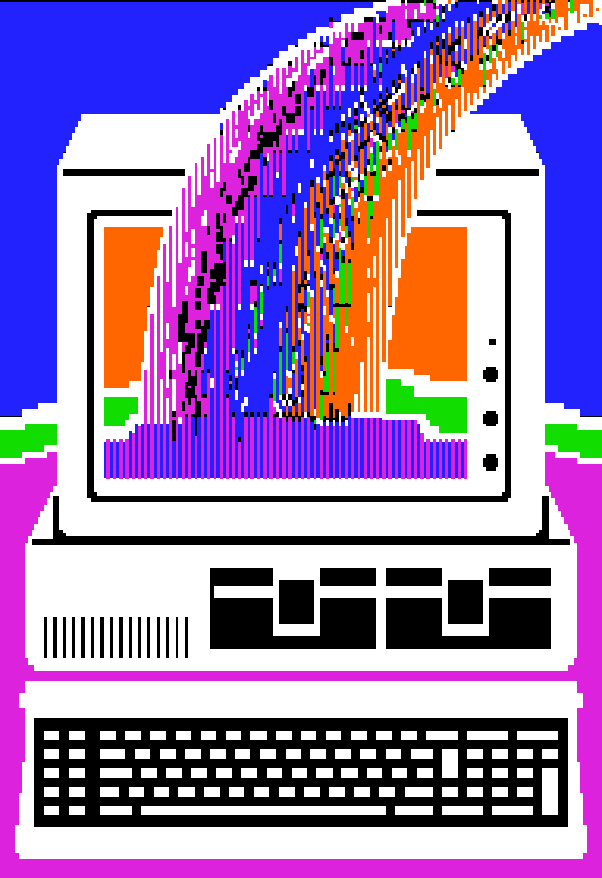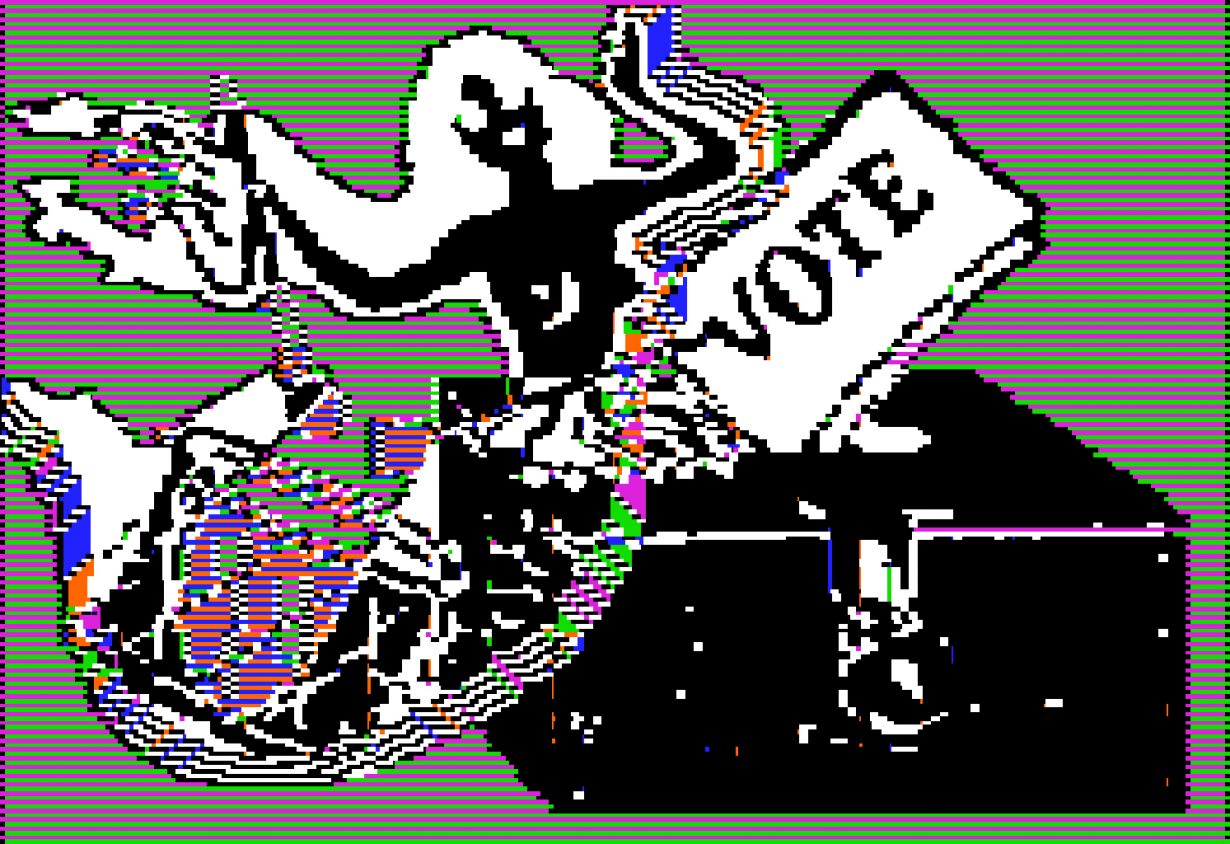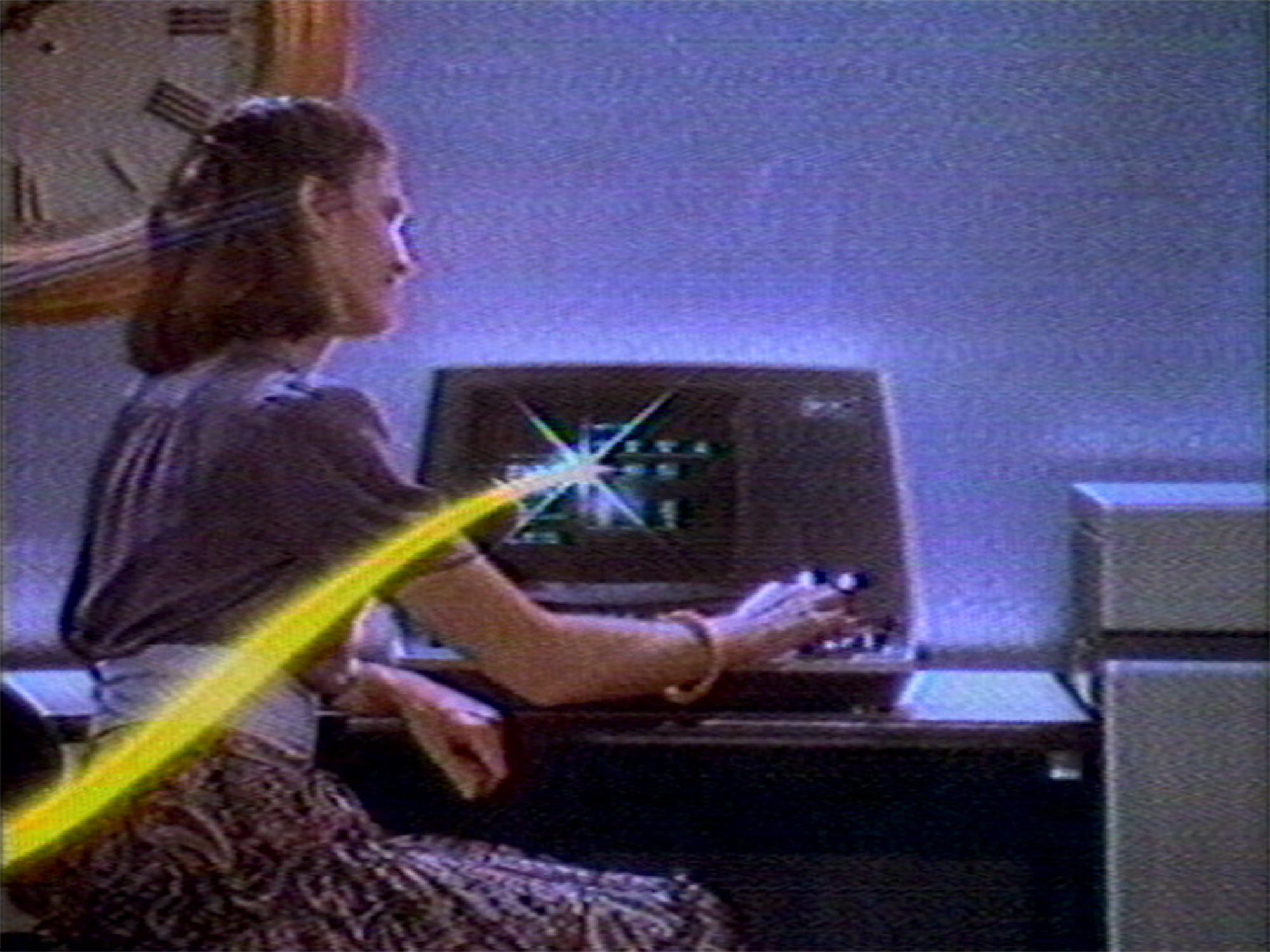By choosing to focus only on female pioneers in art and technology, Radical Software at Mudam Luxembourg misses the bigger picture
One of the first works encountered in Radical Software is Hanne Darboven’s notational drawing series Ein Jahrhundert-ABC (1970–71). The 19 panels, each with 42 pieces of paper containing interconnected U-shaped markings, present one of Darboven’s methods for visualising time – but, while pointedly conceptualist, here the piece is also an example of artists working computationally, albeit without machines. On the floor in the same room is a long green narrow, elliptically shaped wooden sculpture from Isa Genzken’s Ellipsoid series (Grau-grünes offenes Ellipsoid, 1977), pointing to Minimalism, while the plotter print of its source, a computer- generated drawing (Untitled, c. 1976–77), hangs nearby. This intersectional approach to the theme of ‘women, art and computing’ sets the tone for this sprawling show, which convenes works by over 50 artists and scientists from 14 countries throughout the titular timeframe: from the first uses of mainframe and minicomputers as tools for artmaking to the year the World Wide Web became publicly accessible. Set within a period also marked by second wave feminism, and in an effort, the exhibition text says, to ‘counter conventional narratives on art and technology’, it features women artists exclusively.
Organised thematically, the exhibition is presented across two rooms, and the works mentioned above fall into the rubrics of ‘Zeros and Ones’ and ‘Hardware’. Further standouts here include Ruth Leavitt’s, Inge Borchardt’s and Vera Molnár’s digital experimentations in generating abstract drawings and 3D shapes. Other artists, meanwhile, took an early interest in the computer’s ability to work with language. Evidently generative poetry isn’t new: in 1967 Fluxus artist Alison Knowles used a Siemens 4004 mainframe to create computer-generated poems that can still be written by the same machine today (The House of Dust). Agnes Denes also used the computer to make concrete poetry from Shakespeare and Wittgenstein: she programmed Hamlet (1623) and Philosophical Investigations (1953) into a computer and had it remove all connectives, articles and prepositions from the former while replacing all instances of ‘pain’ with ‘pleasure’ in the latter (Hamlet Fragmented – Wittgenstein’s “Pain”, 1971).
The second room’s three further themes focus primarily on moving-image and multimedia works. ‘Software’ harks back via textiles to the computer’s roots in the Jacquard loom: Beryl Korot’s installation Text and Commentary (1976–77) reveals the programming inherent to loom weaving alongside its similarities to video as a new form of encoding and transmitting information. A five-channel video depicts the artist working at a loom, five drawings visualise the patterns of the weave, six pictographic notations aim to illustrate the process of editing the video and four woven textiles hang from the ceiling at the centre of the installation. Nearby is a reproduction of Charlotte Johannesson’s lost tapestry I’m NO ANGEL (1972–73), a socio-critical conflation of consumerism and pop culture with magical thinking and religion: the left side features a pixelated Mickey Mouse standing beneath a pistol shooting out the titular phrase; on the right, a contemplative angel emerges, like a genie, from a lamp.


Johannesson’s tapestry leads towards ‘Home Computing’, which delves into the mass production and new commercial availability of computers. Included here are Dara Birnbaum’s now-iconic Pop-Pop Video: Kojak/Wang (1980) – splicing ads for Wang Industries (at the time a major computer maker) with scenes from TV’s Kojak – as well as Dominique Gonzalez-Foerster’s video Ada en ADA (1989), which visualises and uses the ADA programming language (developed by the US Department of Defense and named after pioneering nineteenth-century programmer Ada Lovelace) to retell parts of the historical figure’s biography. The final section, ‘I would rather be a cyborg than a goddess’ (a line from Donna Haraway’s 1985 essay ‘A Cyborg Manifesto’), surveys artists’ early visions of a cyborg future: VALIE EXPORT’s photomontages of female bodies and angular architecture hang adjacent to Lynn Hershman Leeson’s X-Ray Woman (1966), a drawing and painting of a woman with gears and other mechanical parts for organs, and Rebecca Allen’s Swimmer (1981), the first ever computer animation of the female body.
Radical Software offers an excellent overview of the women artists working with the nascent technology of the time, and offers insights into how computers and artists working with them came up concurrently with other movements – like Conceptualism, Minimalism, Concrete art, performance and video art – writing computing, from its inception onward, back into art history. Yet by framing the show in relation to second-wave feminism, I couldn’t help but think this intersectional approach might have been helpful to apply in that regard too. These women did not work in a gendered vacuum, and not all of them identified with feminism. Many worked collaboratively with men, and while it is undoubtedly important to highlight these female artists’ work, so too is recognising the greater context, including understanding their perspectives in relation to those of their male peers. Showing or discussing only one side of a binary isn’t necessarily the most useful delineation, particularly for a canon still being written.
Radical Software: Women, Art & Computing, 1960–1991 at Mudam, Luxembourg, through 2 February
From the January & February 2025 issue of ArtReview – get your copy.
